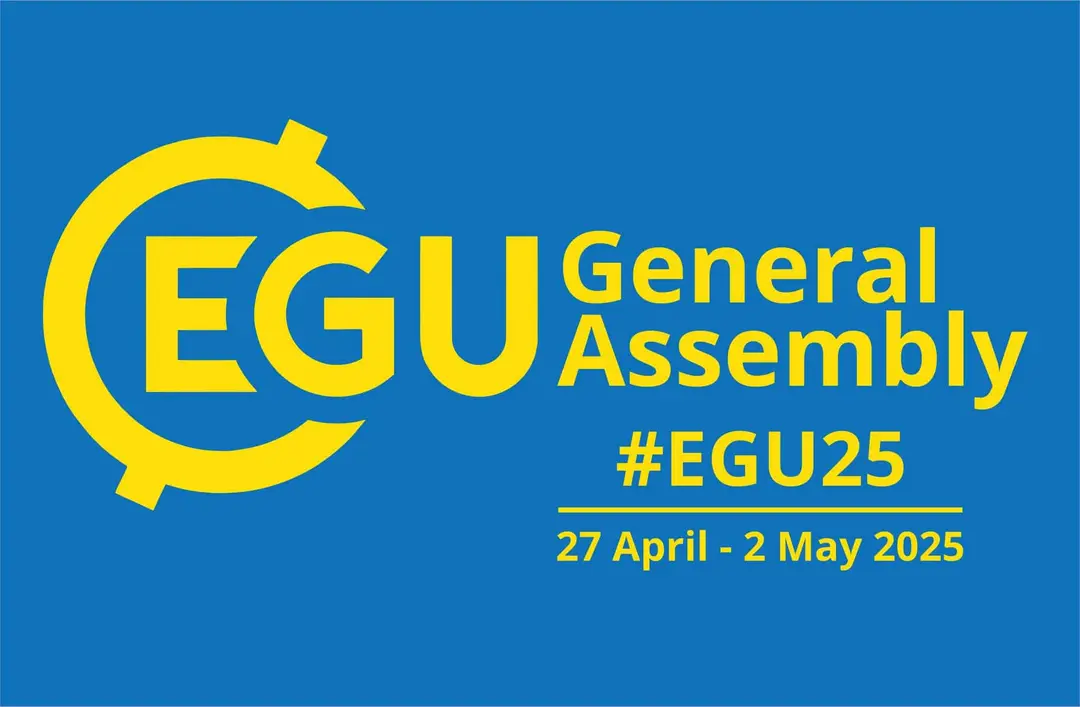
Understanding the key risk drivers in the dynamics of hazards, exposure and vulnerabilities
Understanding the key risk drivers in the dynamics of hazards, exposure and vulnerabilities
The EMERGENCE project team will host Session ITS4.16/NH13.4 at the EGU General Assembly 2025 in Vienna. Join us on Friday, 02 May 2025, 10:45–12:30 to learn more about key risk drivers that affect the dynamics of hazards, exposure and vulnerabilities, and visit the corresponding poster session on Friday afternoon.
Full session description:
Despite extensive efforts, losses from natural hazards are still on the rise. While climate change plays a crucial role in increasing the frequency and magnitude of many hazards, other factors such as changes in exposure and vulnerability remain poorly understood. This session will delve into the reasons behind and seek to identify the key risk drivers responsible. Addressing these challenges is vital for developing sustainable risk reduction strategies and providing societies with long-term adaptation plans to effectively manage climate risks.
The frequency and magnitude of many natural hazards are evolving, with climate change exacerbating these changes. However, the dynamic nature of hazard triggers and cascading effects is often overlooked in current mitigation and adaptation strategies. Most existing mitigation and adaptation measures, including technical interventions and land-use planning, rely on static concepts, whereas the effects of hazards are inherently dynamic.
Exposure is a critical component of risk assessment, and it is likely to increase in the future as human settlements expand and industrial activities intensify. However, there is limited information on the spatio-temporal dynamics of exposure at different scales. To accurately quantify the evolution of risk, this information must be analysed alongside the effectiveness of existing technical mitigation measures. This analysis is also essential for contributing to discussions on the impacts of climate change on exposed communities, particularly in the context of shared socio-economic pathways (SSPs).
Understanding the vulnerability of elements at risk is another key objective in reducing future losses. Current models used to describe vulnerability require further validation through empirical data, laboratory experiments, and alternative assessment methods. Integrating observational methods other techniques and incorporating additional dimensions of vulnerability, particularly institutional vulnerability, is essential.
We invite submissions that integrate these topics, including hazard and exposure analysis, vulnerability assessment, adaptation strategies, and disaster risk reduction tools. The session will focus on the interactions between landscape processes and human activities, promoting transferable and adaptive approaches to risk management. Contributions should aim to identify the key risk drivers behind natural hazard losses through a holistic examination of risk components.
Image Credit: EGU